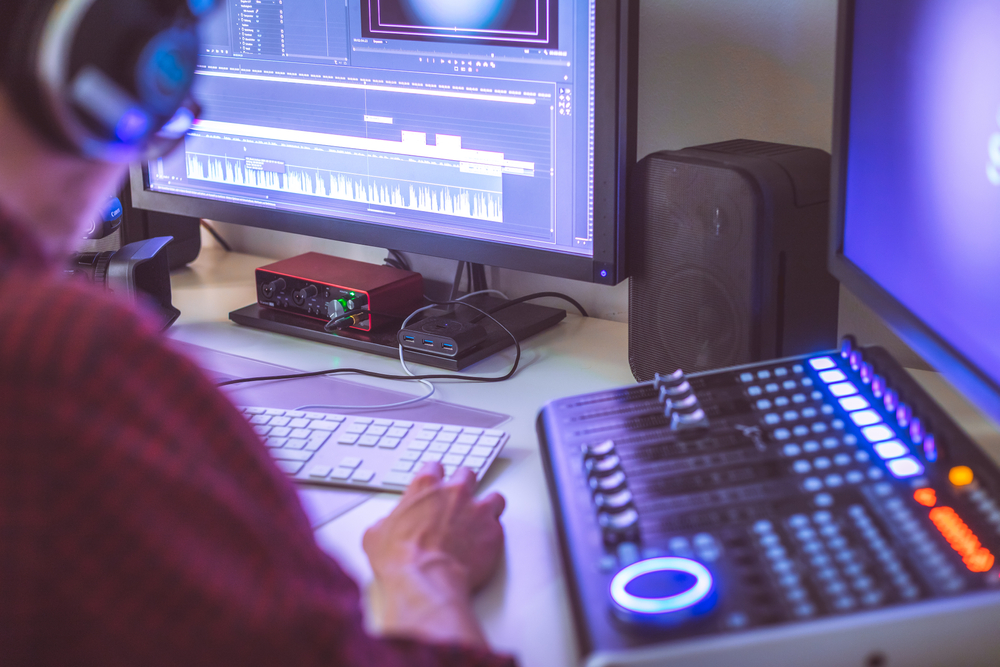

Sound Design Sound design tips for film editors
Sound design is an intricate art that involves creating and manipulating audio elements for various forms of media, including films, video games, and music. It is a discipline that combines technology with creativity, bridging the gap between the auditory experience and the visual narrative. In this post, we will explore the essential elements and practices of sound design and share tips specifically useful for film editors looking to enhance their craft.
What Is Sound Design?

Sound design is a multifaceted process involving the creation of soundscapes that evoke emotions and enhance storytelling. While many may think of sound as a secondary element in film or media, it plays a crucial role in how audiences perceive and engage with the content. From the subtle rustle of leaves in the background to the booming explosion during a climactic scene, sound informs the mood, accentuates action, and can even foreshadow events in a narrative.
To break it down further, sound design encompasses several key components:
- Dialogue: The spoken words of characters, which are meticulously recorded and edited to ensure clarity and convey emotion.
- Sound Effects: These are artificial or enhanced sounds that are not music or speech, crafted to provide a realistic sonic backdrop to the visuals.
- Foley: A specialized form of sound effects created by artists mimicking sounds in sync with the on-screen actions.
- Music: The score and soundtrack that complement the visuals and elevate emotional engagement.
Essential Practices in Sound Design

Understanding sound design is one thing, but implementing effective techniques can significantly influence the overall production quality. Here are some essential practices in sound design that every film editor should consider:
- Pre-Production Planning: Collaborate with the director and sound team early in the production process. Discuss the vision for the sound landscape to ensure that everyone is aligned. This helps in recording relevant sounds and pre-selecting music that will fit the narrative.
- Quality Recording: Utilize high-quality microphones and audio interfaces to capture clear dialogue and sound effects. Consider the environment where sounds are recorded, as background noise can affect the final product.
- Layering Sounds: Create depth and richness by layering multiple sound elements. For example, your soundscape doesn’t merely consist of one sound effect but a combination that creates a more immersive environment.
- Pitch and Frequency Management: Pay attention to how different sounds interact within the frequency spectrum. Use equalization to prevent certain sounds from clashing, ensuring each element has its distinct space in the mix.
- Use of Silence: Silence can be just as powerful as sound. It can create tension, emphasize a moment, or provide a contrast that captures the audience’s attention. Don’t be afraid to use quiet moments strategically.
- Test Audience Reactions: Play your film for test audiences to gather feedback about your sound design. Sometimes, adjustments are necessary to improve the audience’s overall experience.
- Post-Production Edits: After capturing and editing the initial audio, revisit it during post-production. Reassess how each sound element contributes to the narrative and make adjustments accordingly.
In concluding this exploration of sound design and its pivotal role in filmmaking, it’s crucial to understand that sound shapes audiences’ perceptions and emotions just as much as the visuals do. As techniques evolve and technology advances, creators must continue learning and adapting their sound design skills to keep their work engaging and relevant.
As film editors, the responsibility lies in navigating this complex sonic landscape to deliver a powerful auditory experience to the audience. With a firm understanding of sound design principles and practices, you can harness sound’s full potential to enhance storytelling, create immersive environments, and elicit the desired emotional responses. Whether you’re a novice editor or a seasoned professional, embracing the art of sound design is key to mastering the film editing process.







